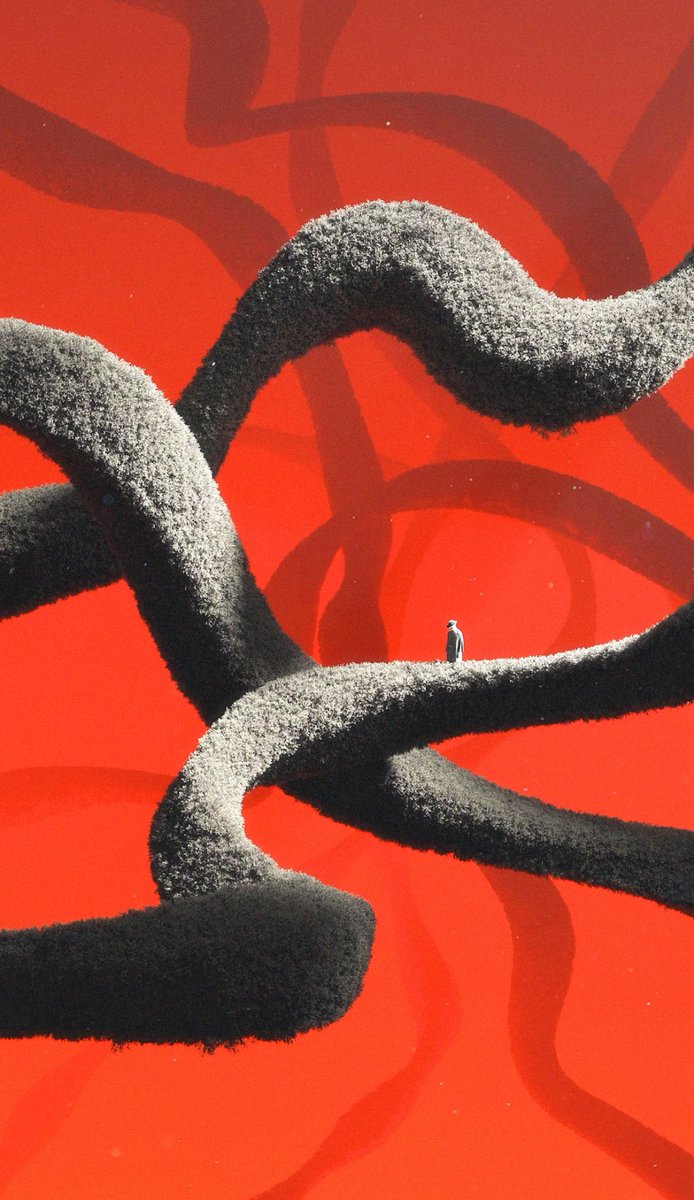
David W. Kastner
@davidwkastner
MIT Bioengineering Ph.D. student and artist studying high-valent metalloenzymes. illustratedatom.com
ID: 1088531704908660736
http://kastner.io 24-01-2019 20:19:17
91 Tweet
432 Followers
344 Following


These lectures by David W. Kastner are everything I wanted to have but didn’t when I first started Blender for scientific illustrations. Strongly recommended for anyone who is interested - its a fantastic series!


Hydroxylate, halogenate—what's your angle? In ACS Catalysis, David W. Kastner's first group paper uses experimentally restrained #compchem to explain how two classes of non-heme iron enzymes position their substrates to establish reaction selectivity! doi.org/10.1021/acscat…
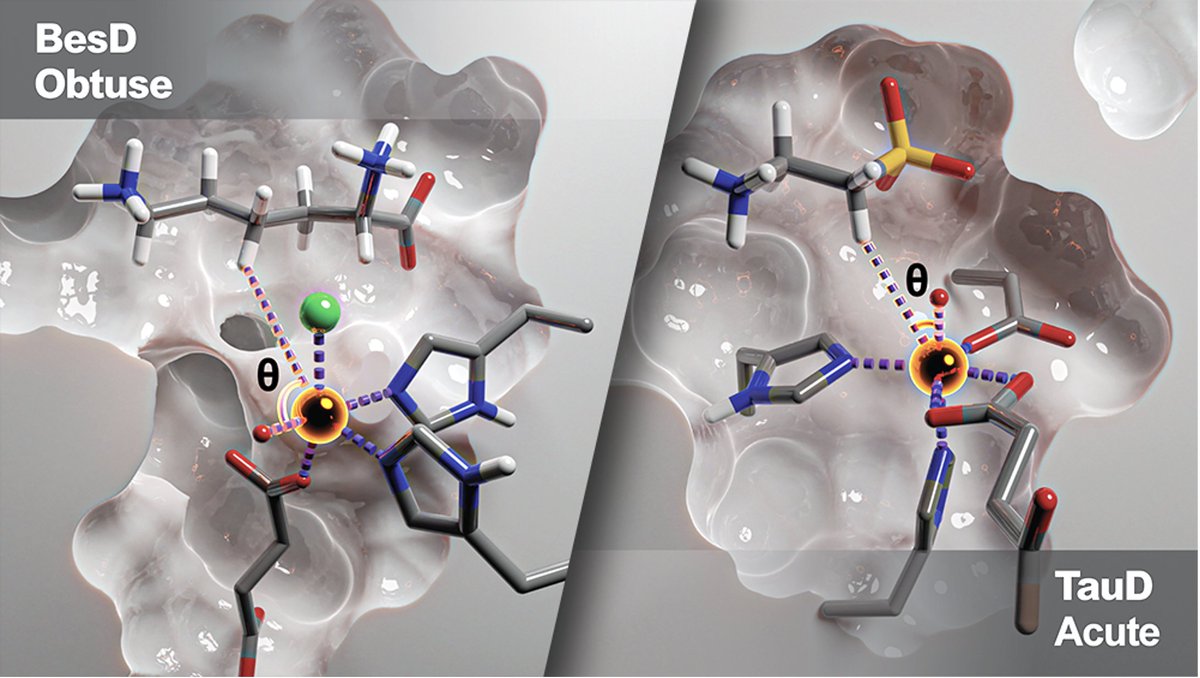

As part of a new collaboration with Jing-Ke Wang’s lab, David W. Kastner helped Colin Y. Kim explore the mechanism of coumarin synthase, an enzyme with a fascinating story. Check out Colin’s thread on the paper here!

Using generative AI, members of the the Kulik Group have created a model that can predict the structures formed when a chemical reaction reaches its point of no return. chemistry.mit.edu/chemistry-news…
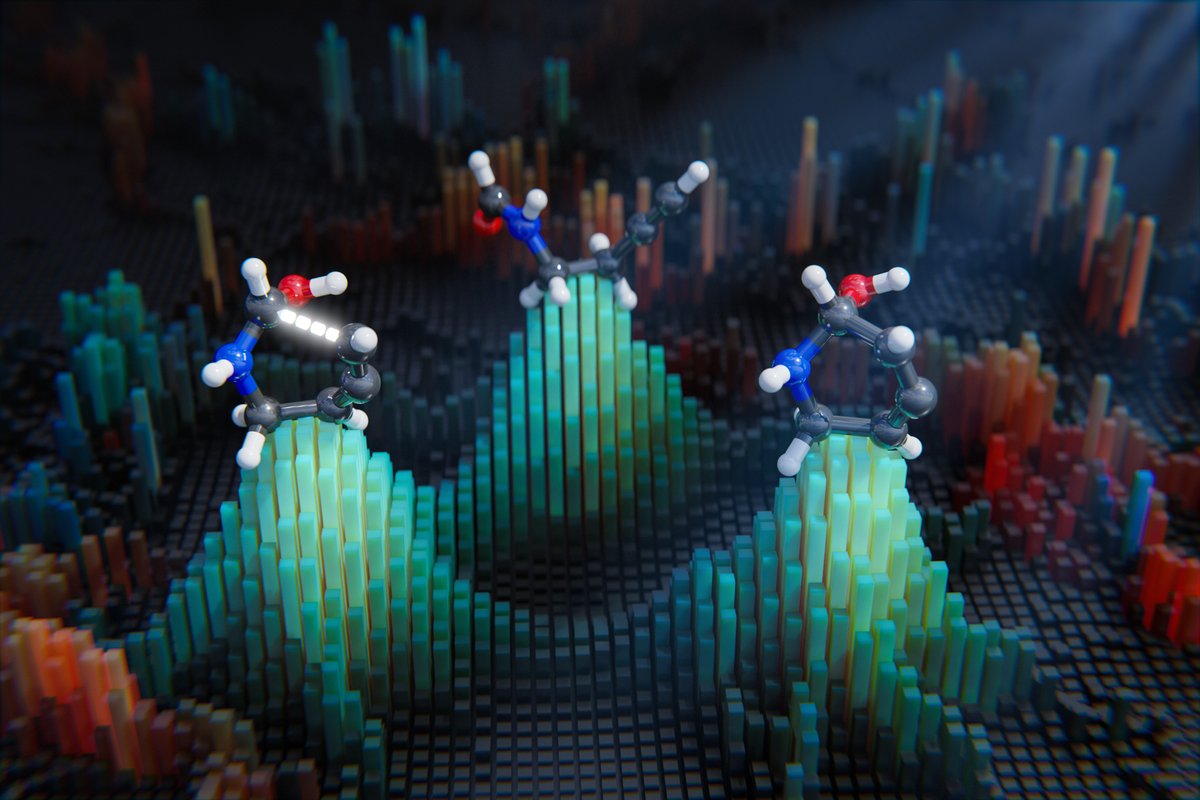

Excited to get highlights from Nature Computational Science as the Cover of the last issue in 2023. Thanks David W. Kastner for the beautiful artwork! Want to learn more about the actual work? A long 🧵 explaining it (x.com/chenru_duan/st…) for a holiday read📗 #compchem #MachineLearning


Great to see our resident artist/scholar David W. Kastner featured by MIT news. Congratulations David!

David Kastner, a bioengineer, an artist, and a PhD student in the the Kulik Group, seeks to unlock the secrets of catalysis and improve science communication through eye-catching visuals. chemistry.mit.edu/chemistry-news…
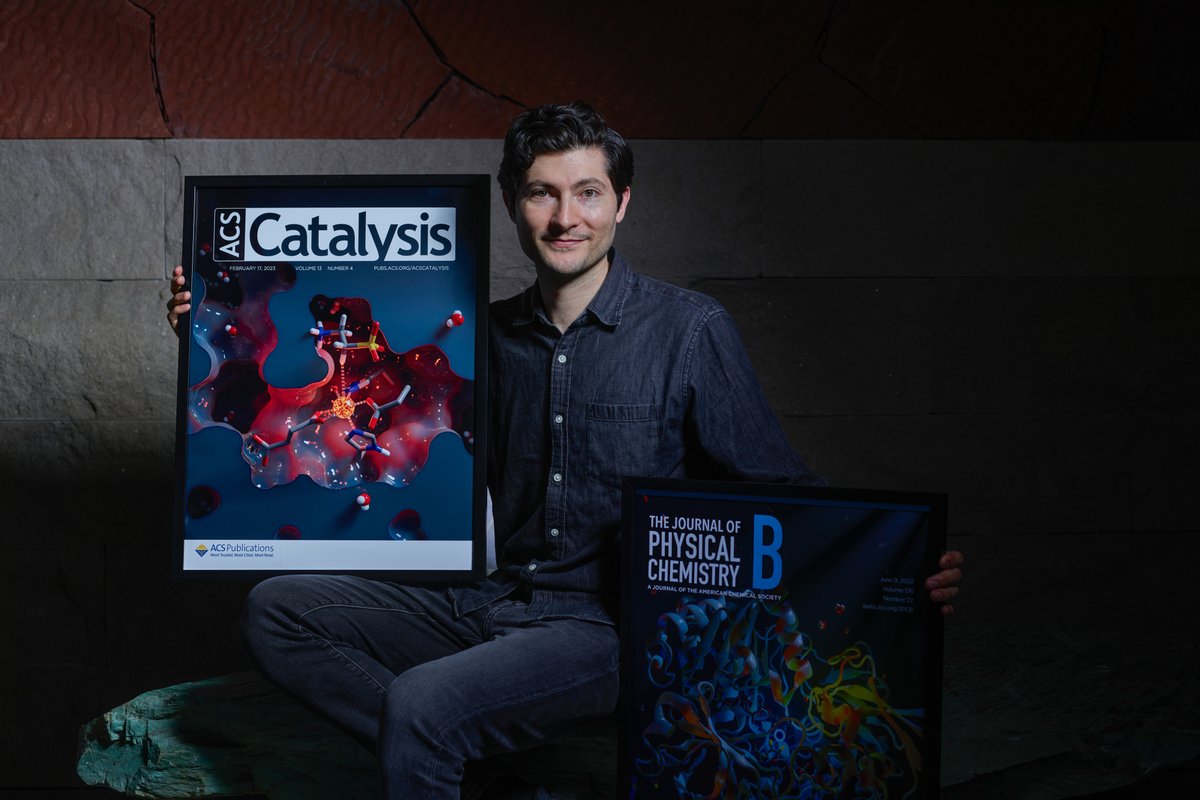

An avid artist, BE doctoral candidate David Kastner produces beautiful 3D illustrations of molecular systems that help make his research more accessible to a wider audience. news.mit.edu/2024/david-kas… the Kulik Group

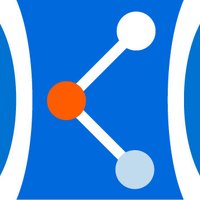
David Kastner, MIT Dept of BE doctoral candidate, blends his passion for art & science to create stunning 3D illustrations of molecular systems. Working in the lab of Forest White & Heather Kulik, Kastner's visuals make complex research more accessible. mit-ki.org/3X3D9Y8
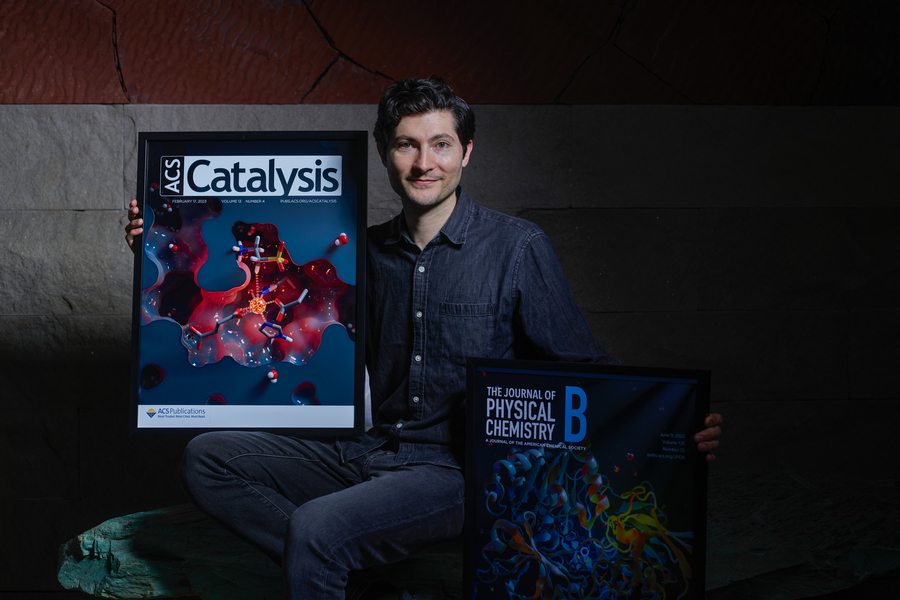


Happy Monday! David W. Kastner brings to us much needed guidance on the proper care and maintenance of a 《Human Processing Unit》🧠🧮💆♀️ #artificalintelligence #HumanResources sciphijournal.org/index.php/2024…
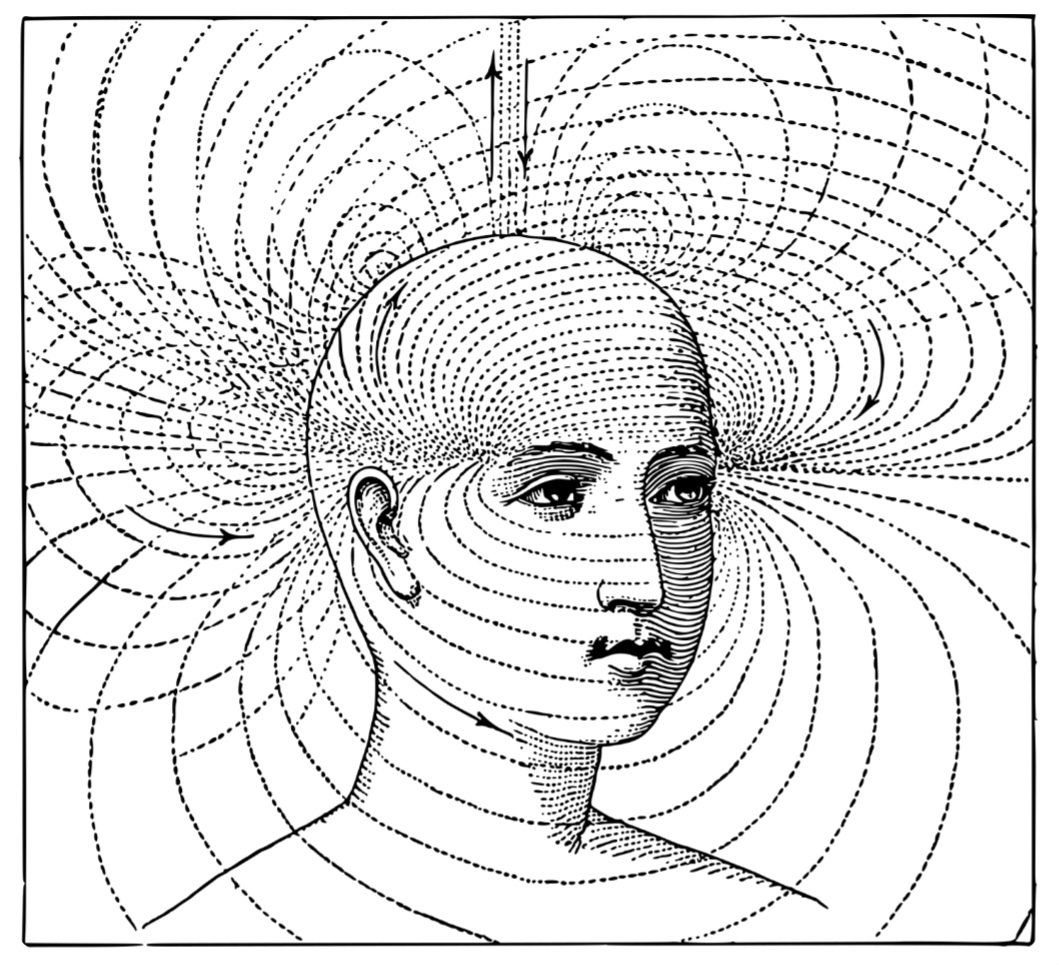


Excited to share our new paper in ACS Catalysis! Our computational study explores the mechanism of DMFase, a non-heme iron enzyme with an unusual 2Tyr-1Glu coordination motif. the Kulik Group pubs.acs.org/doi/full/10.10…


